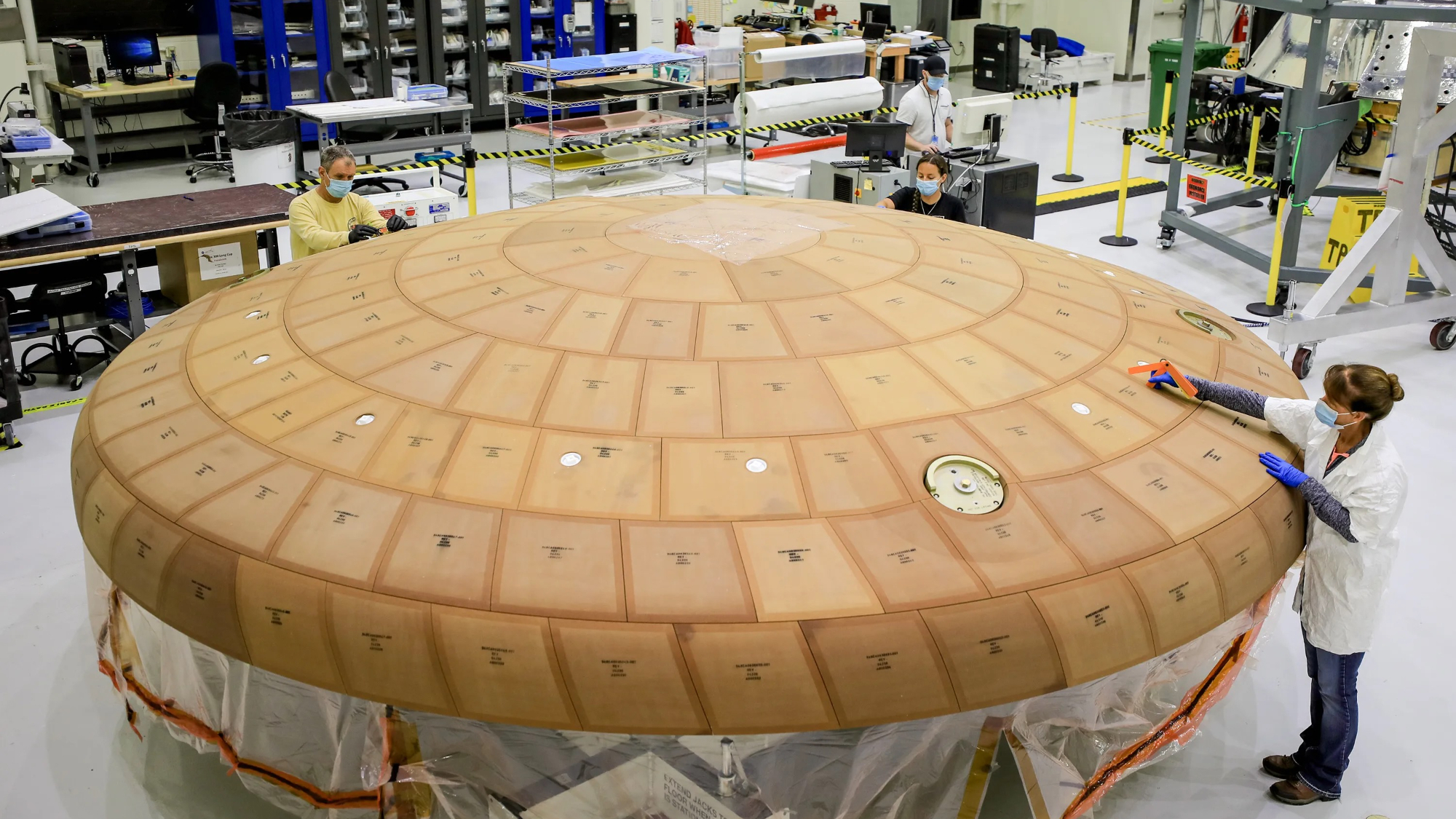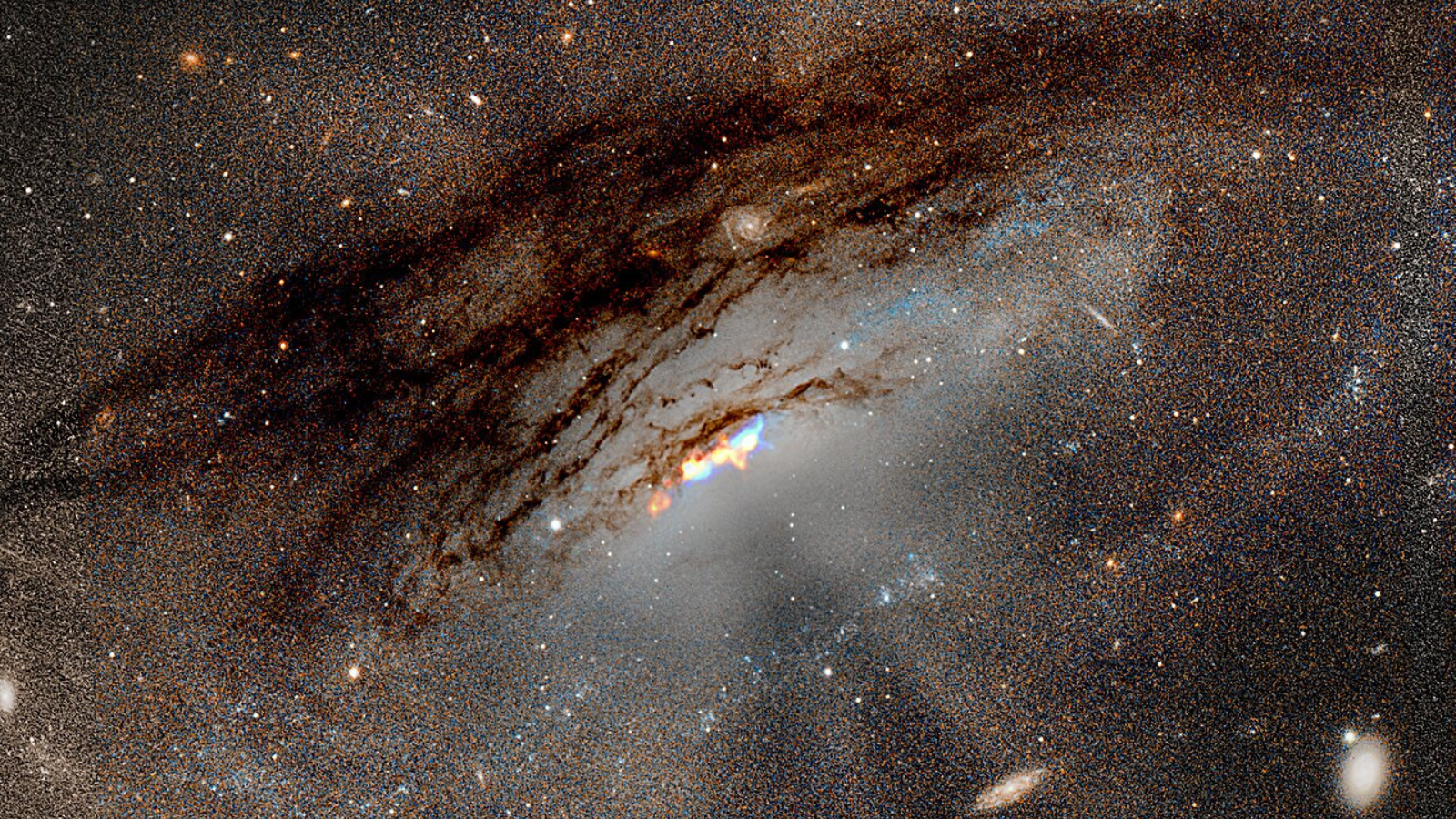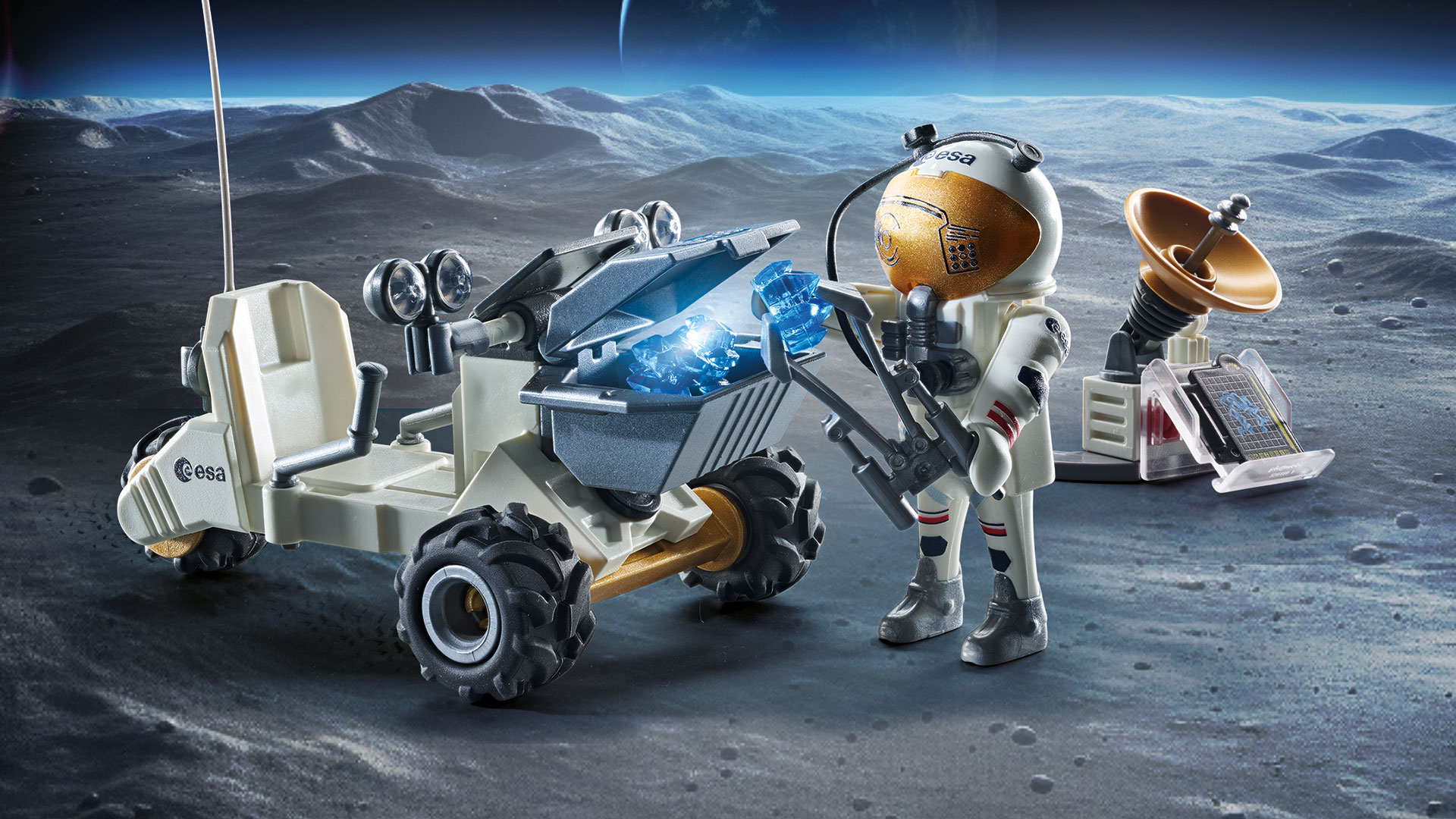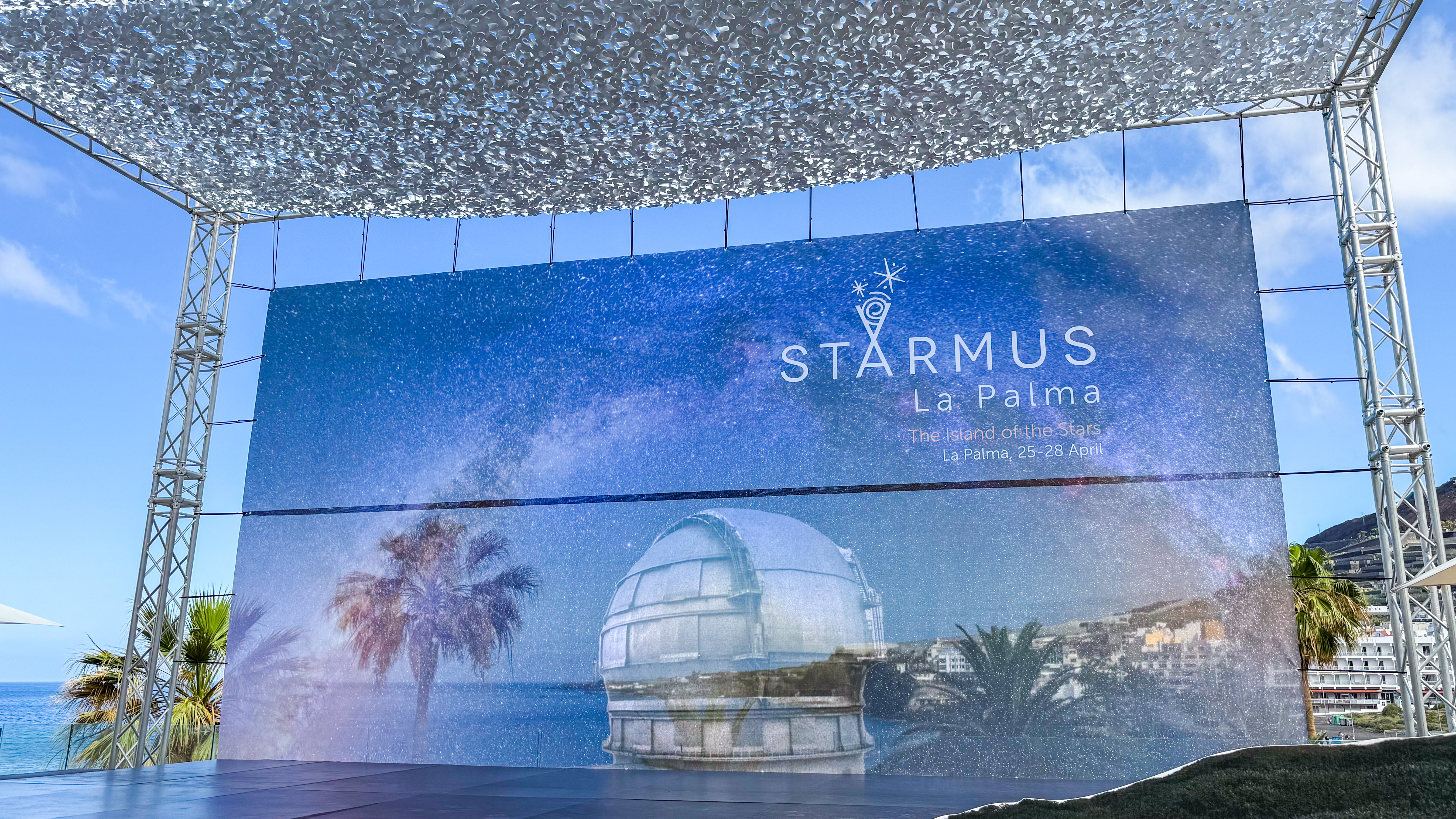New Dimension: 3D Visors Tested for Space Surgery
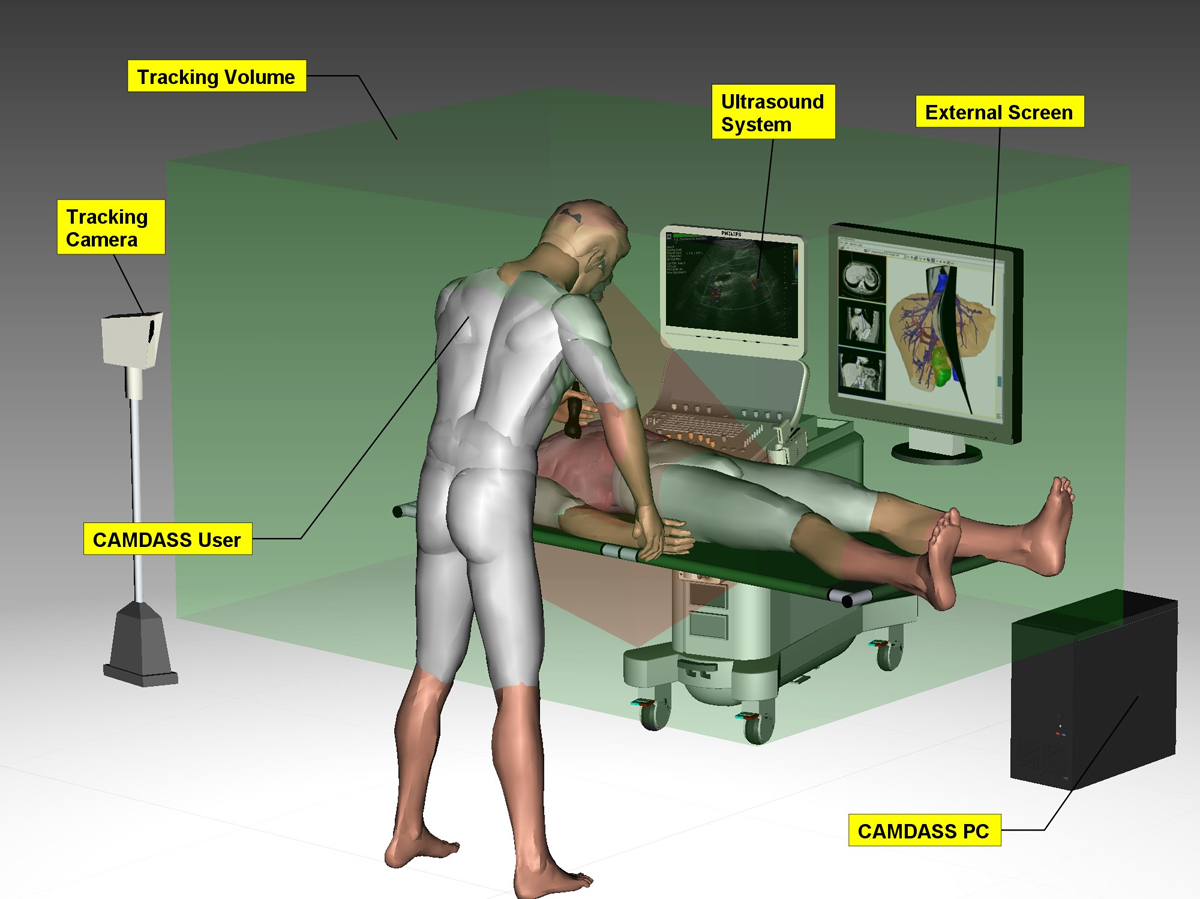
Astronauts stuck on a space station or mission to Mars must treat illnesses or do surgery with their own hands, but not necessarily without some virtual help. A 3D visor display being tested on Earth could guide astronauts with virtual reality graphics overlaid on top of the real world.
Such a do-it-yourself space medicine device may prove a lifesaver for deep-space missions — especially if communication delays or blackouts prevent astronauts from contacting medical experts on Earth. The "augmented reality" technology could also help emergency responders far from hospitals, battlefield medics, or scientists stuck in remote places such as Antarctica.
"Once it reaches maturity, the system might also be used as part of a telemedicine system to provide remote medical assistance via satellite," said Arnaud Runge, a biomedical engineer overseeing the project for the European Space Agency. "It could be deployed as a self-sufficient tool for emergency responders as well."
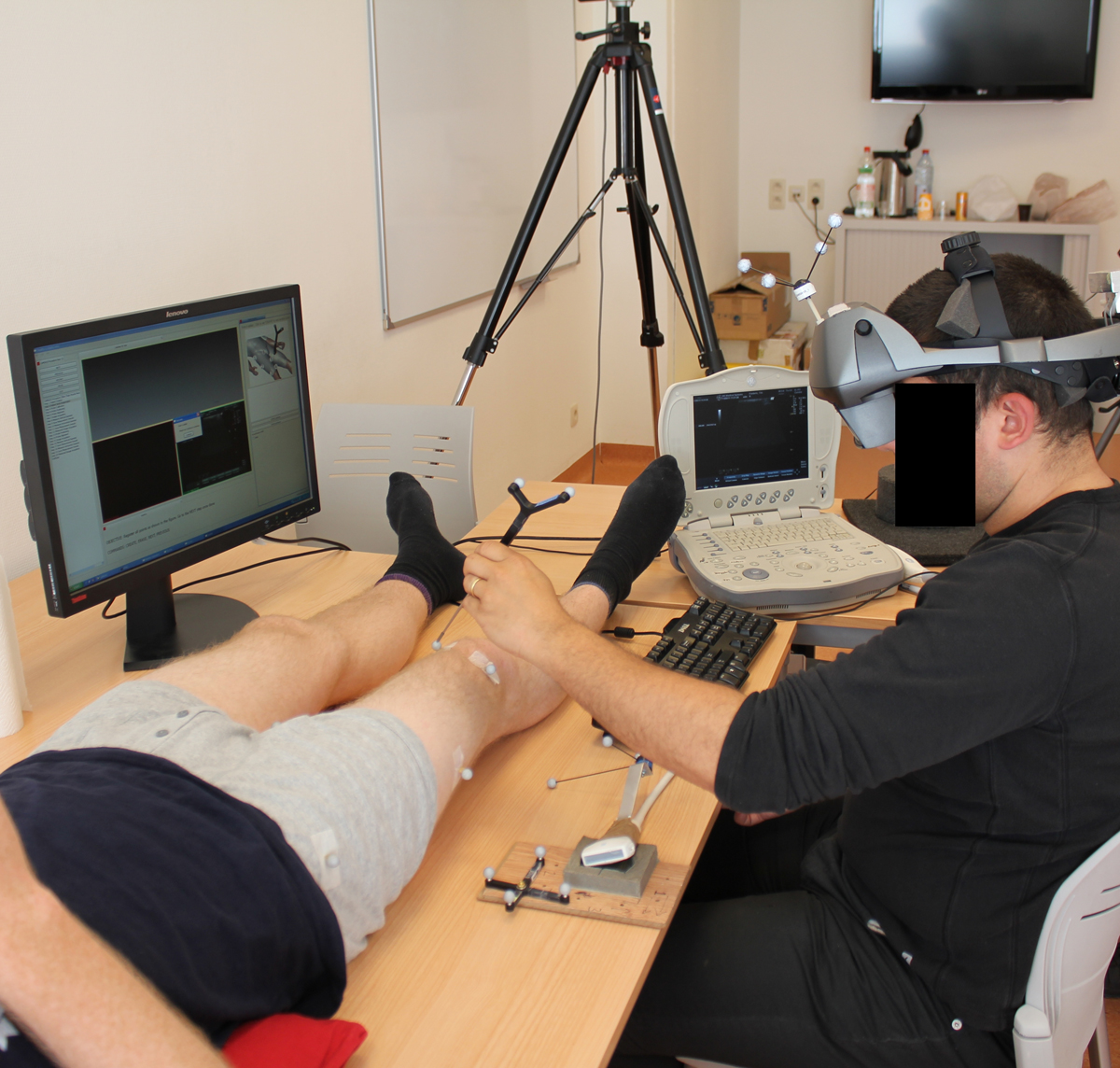
The 3D display allows the wearer to see virtual "cue cards" that guides his or her hands to points on a patient's body that matches the points on a virtual version of the patient. The wearer follows the virtual guidance to correctly position an ultrasound probe used in medical exams.
Wearers can also control the CAMDASS (Computer Assisted Medical Diagnosis and Surgery System) headset with spoken commands, and view ultrasound images of what they should be seeing during the medical exams.
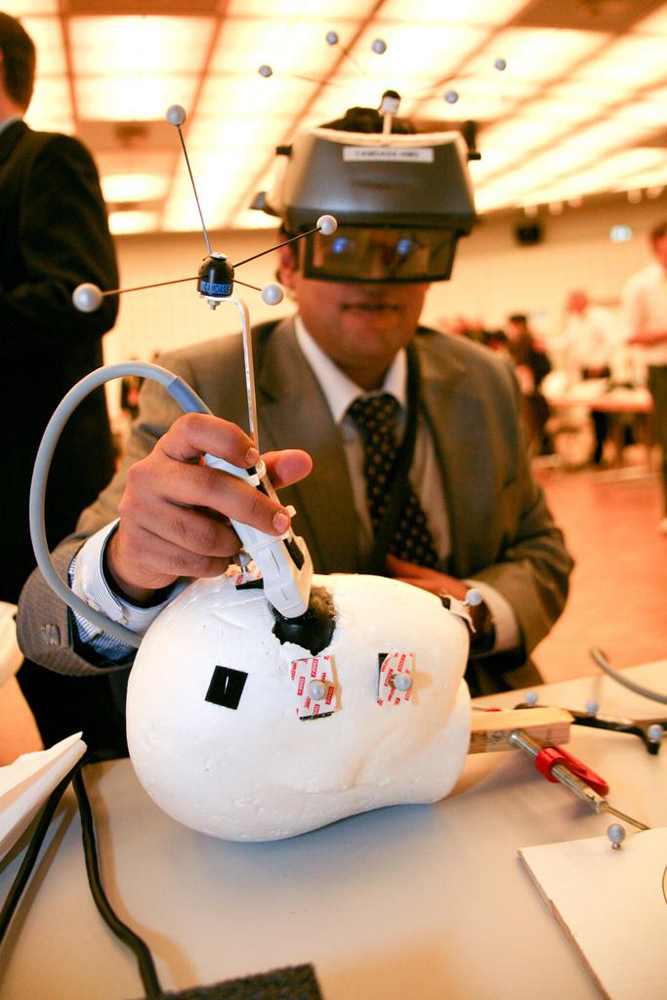
The European Space Agency has already begun testing the headset with the ultrasound probe at Saint-Pierre University Hospital in Brussels. But newer versions could someday guide astronauts through more complicated medical procedures such as surgery.
"Although medical expertise will be available among the crew to some extent, astronauts cannot be trained and expected to maintain skills on all the medical procedures that might be needed," Runge said.
Get the Space.com Newsletter
Breaking space news, the latest updates on rocket launches, skywatching events and more!
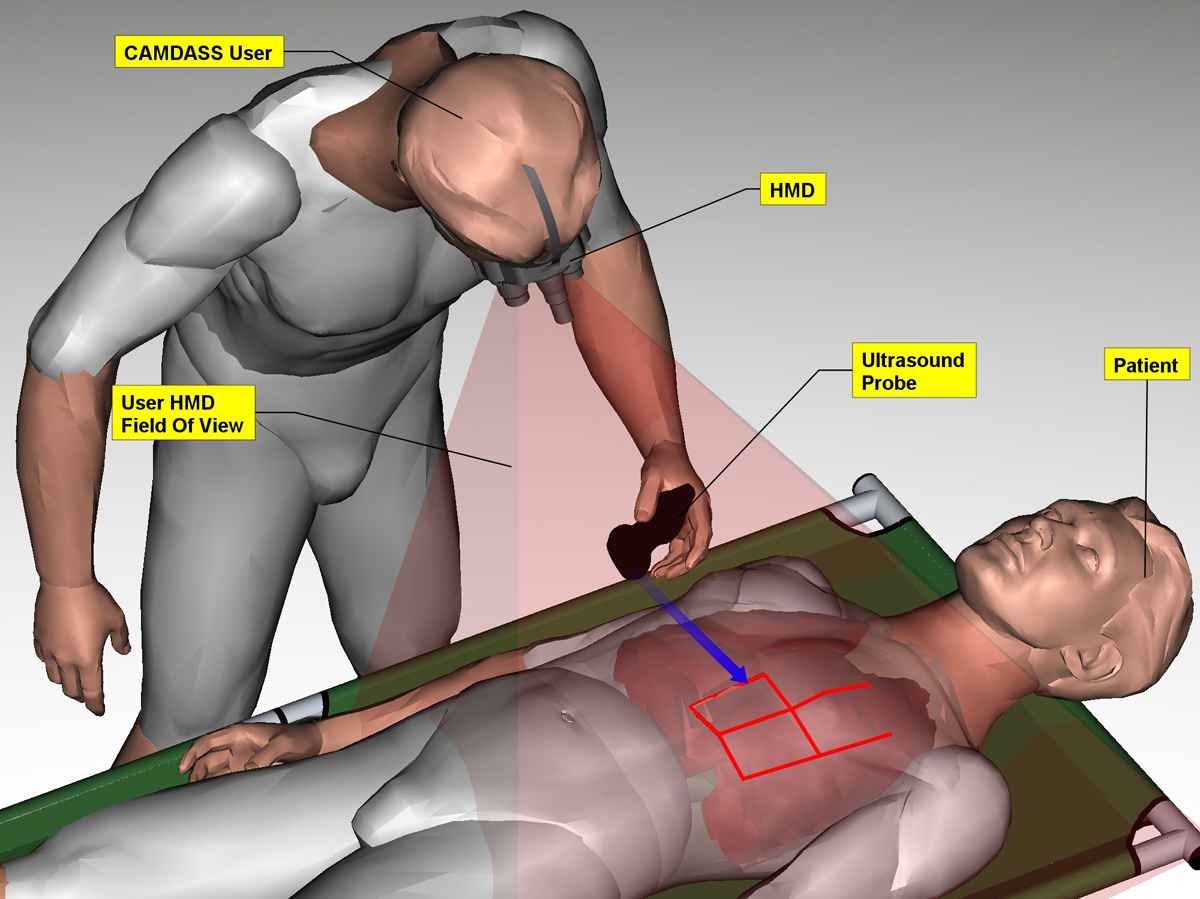
You can follow InnovationNewsDaily Senior Writer Jeremy Hsu on Twitter @ScienceHsu. Follow InnovationNewsDaily on Twitter @News_Innovation, or on Facebook.
Join our Space Forums to keep talking space on the latest missions, night sky and more! And if you have a news tip, correction or comment, let us know at: community@space.com.

Space.com is the premier source of space exploration, innovation and astronomy news, chronicling (and celebrating) humanity's ongoing expansion across the final frontier. Originally founded in 1999, Space.com is, and always has been, the passion of writers and editors who are space fans and also trained journalists. Our current news team consists of Editor-in-Chief Tariq Malik; Editor Hanneke Weitering, Senior Space Writer Mike Wall; Senior Writer Meghan Bartels; Senior Writer Chelsea Gohd, Senior Writer Tereza Pultarova and Staff Writer Alexander Cox, focusing on e-commerce. Senior Producer Steve Spaleta oversees our space videos, with Diana Whitcroft as our Social Media Editor.

